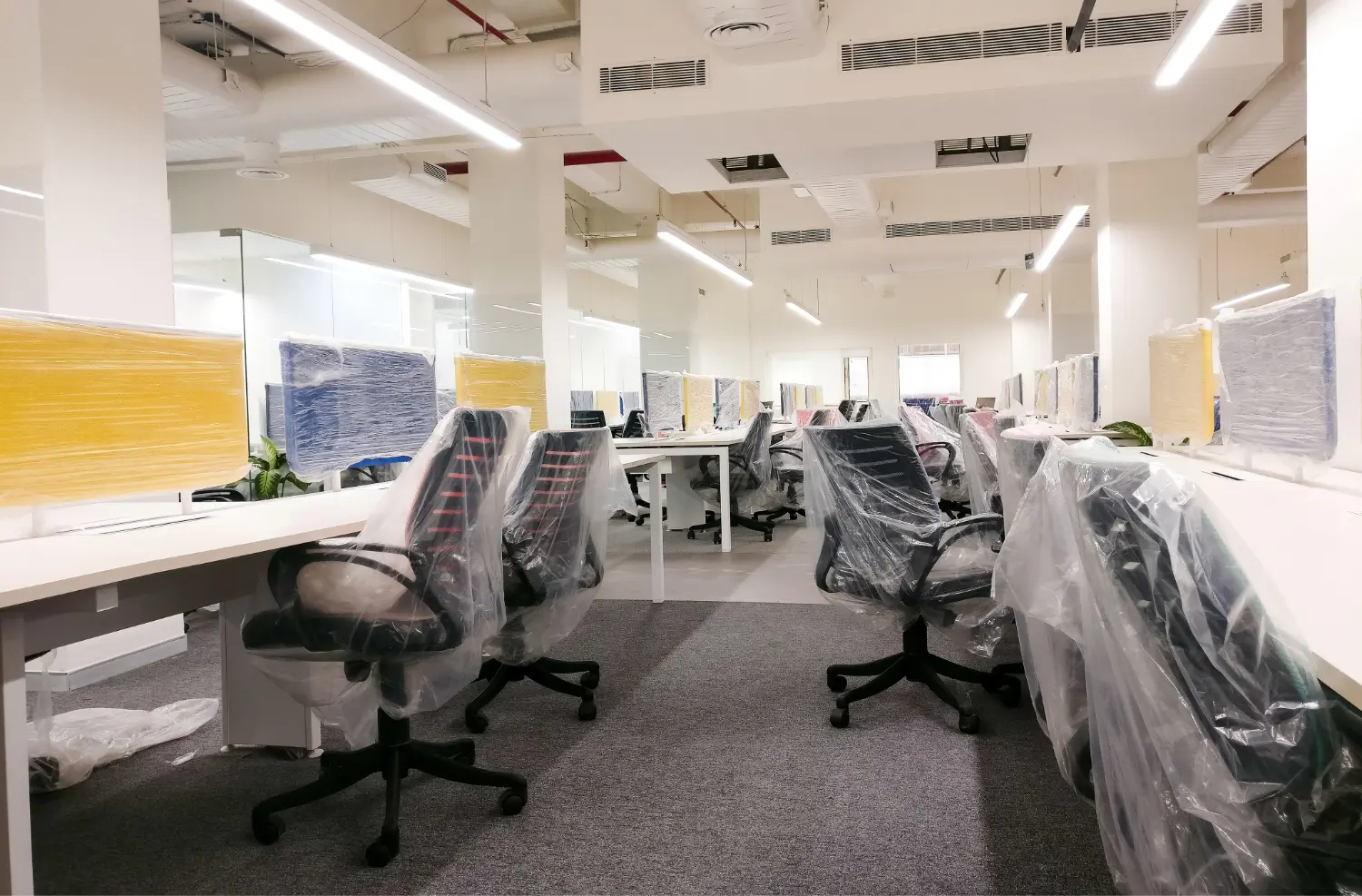Managing Large-Scale Commercial Painting Projects in Davidson County

Large-scale commercial painting projects in Davidson County come with unique challenges that require careful planning and execution. From towering skyscrapers to sprawling business complexes, these projects demand a detailed approach to ensure successful completion. Each structure brings its own set of variables, necessitating a precise assessment of project scope and requirements.
Budgeting is another critical aspect. With numerous factors to consider, such as labor costs, materials, and unexpected expenses, having a well-planned budget is essential. It’s not just about sticking to numbers; efficient resource management plays a big part in the project’s success.
Ensuring safety and regulatory compliance is key in these large undertakings. Meeting local codes and securing necessary permits help maintain a smooth operation. Moreover, quality assurance and thorough inspections at each phase guarantee that the final result meets high standards and client expectations. Managing these elements with expertise ensures that commercial painting projects not only proceed smoothly, but also achieve the desired lasting impact.
Assessing Project Scope and Requirements
Evaluating the scope and requirements of a commercial painting project in Davidson County is crucial for success. This involves understanding the size and specific needs of the building, which helps in planning every aspect of the job. Identifying unique challenges starts with assessing factors like the building’s size and type. A high-rise office complex will have different needs compared to a single-story warehouse. Surface conditions also play a big role, as older buildings might require extra preparation like repairing cracks or removing old paint layers.
Accessibility is another important consideration. Determining how easily painters can reach different areas helps in choosing the right equipment, like scaffolds or lifts, and planning safe pathways for workers and materials. By thoroughly assessing these elements, project managers can create detailed plans that streamline execution and mitigate potential issues.
Project planning is essential for setting realistic timelines and allocating the necessary resources. It involves scheduling work phases, estimating manpower needs, and coordinating material deliveries. This helps avoid delays and ensures that each phase of the project has the required resources in place, leading to a smooth and efficient painting process.
Budgeting and Resource Management
Creating a realistic budget for a large-scale painting project involves several strategies. Start by considering the main cost components: labor, materials, and contingencies. Labor costs can vary based on the size of the team and the duration of the project. It’s important to plan for skilled workers who can handle the specific needs of the job. Materials should be chosen for quality and durability, factoring in the cost of paints, primers, and necessary equipment.
Contingencies are vital for unexpected costs that might arise during the project. Having a buffer in your budget ensures that surprises like weather delays or additional repairs don’t derail your financial plan. Efficient resource management is key to executing the project cost-effectively. This involves scheduling workers’ shifts to maximize productivity and optimizing supply chains to maintain a steady flow of materials without overspending.
Technology and software tools can greatly aid in tracking costs and managing resources. These tools provide real-time data and analysis, helping project managers monitor spending and identify areas where adjustments are needed. Utilizing project management software ensures better organization, allowing smooth coordination between different teams and helping keep the project on track financially and logistically.
Ensuring Safety and Compliance
Safety and compliance are paramount in large-scale painting projects in Davidson County. Adhering to safety protocols not only protects workers but also ensures that projects run smoothly without unnecessary legal complications. Local regulations often dictate safety standards that must be met on site. This includes guidelines specific to the handling of materials, especially when dealing with hazardous substances like certain industrial paints.
Essential safety measures include providing workers with proper protective gear such as helmets, goggles, and respirators. It’s also vital to have first aid kits and emergency protocols in place. Proper equipment, such as stable scaffolding and secure harnessing for elevated work, is necessary to prevent accidents. Regular safety drills and briefings help reinforce safe practices among the team.
Permits and inspections are crucial steps in meeting legal standards. Before commencing the project, securing the appropriate permits ensures that the work is authorized and in line with local codes. During the project, regular inspections by qualified personnel help catch any issues early, allowing for prompt resolution before they lead to bigger problems. This diligence in safety and compliance fosters a safe working environment and a successful project outcome.
Quality Assurance and Project Completion
Setting quality standards and benchmarks is essential in delivering a successful commercial painting project. These standards guide the project team in maintaining consistency and meeting client expectations. A clear set of quality benchmarks includes criteria like surface finish quality, color uniformity, and adherence to project specifications.
Monitoring progress is key to ensuring quality throughout the painting process. This involves conducting regular site inspections to check that the work aligns with the set standards. Supervisors can note any deviations from the plan and make necessary adjustments to maintain quality. Using tools like progress reports and visual inspections helps in tracking the project’s adherence to quality marks.
Final inspections are the last step in the quality assurance process. They involve checking that the completed work meets all contractual obligations and quality standards. Client feedback during this phase is crucial for addressing any concerns and ensuring their satisfaction. Addressing these points promptly demonstrates commitment to quality and can lead to repeat business and referrals from satisfied clients.
Conclusion
Managing large-scale commercial painting projects in Davidson County requires thorough planning, attention to detail, and strict adherence to safety standards. By carefully assessing project scope, budgeting wisely, and ensuring compliance with regulations, a project team can effectively overcome challenges associated with these complex undertakings. Quality assurance processes ensure the final results meet high standards, reflecting positively on all parties involved.
At PaintPro, we understand the unique challenges of commercial painting projects. Our dedicated team uses proven strategies and state-of-the-art tools to deliver exceptional results while maintaining safety and efficiency. If you’re ready to tackle a large-scale painting project with confidence and precision, reach out to our trusted experts at PaintPro to get started.





